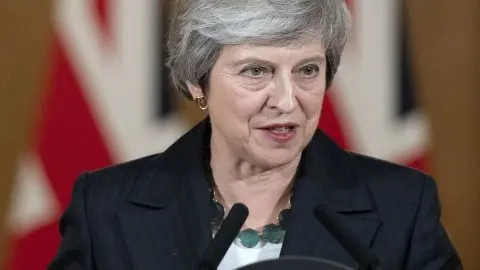ECB: Auto pilot with a slight dovish bias
In one of his rare public speeches, ECB president Mario Draghi just confirmed the bank's determination to end quantitative easing, but opened the door for a long period of low interest rates
When ECB President Maro Draghi gives a speech four weeks ahead of a crucial policy meeting, it is always worthwhile listening closely. In his speech at the Frankfurt European Banking Congress, Draghi gave his view on the current discussion on whether the eurozone economy was in a soft patch or already at the start of a new downswing. Not surprisingly, he confirmed the ECB’s previous take, arguing in favour of a soft patch and pointing to several one-off factors. At the same time, however, Draghi stressed that some temporary factors could become long-lasting, ie trade tensions and external uncertainty. In sum, Draghi is still betting on domestic demand, the strong labour market and investment, to support the eurozone recovery in the coming months.
Turning to inflation, Draghi pointed to satisfying wage growth but emphasised that the pass-through from higher wages to higher inflation was still hardly visible and that uncertainties surrounding the medium-term outlook had increased.
Against all of the above, Draghi slightly changed the well-known ECB communication. While there is still a strong determination to end the net-QE purchases by the end of the year, Draghi opened the door for changes to the forward guidance in the course of 2019. This is the key paragraph from the speech: “The nature of this forward guidance is contingent on economic developments and therefore acts as an automatic stabiliser. If financial or liquidity conditions should tighten unduly or if the inflation outlook should deteriorate, our reaction function is well defined. This should, in turn, be reflected in an adjustment in the expected path of future interest rates.”
It is too early to read any real changes in the ECB’s anticipated path for monetary policy beyond the end of the net-QE purchases. However, Draghi at least just sent a clear signal of the ECB’s willingness to err on the side of caution when it comes to the first rate hike. The risk that Draghi could go down in European history books as the first ECB president who never hikes rate is increasing.
This publication has been prepared by ING solely for information purposes irrespective of a particular user's means, financial situation or investment objectives. The information does not constitute investment recommendation, and nor is it investment, legal or tax advice or an offer or solicitation to purchase or sell any financial instrument. Read more
Download
Download snap
16 November 2018
In case you missed it: Peak uncertainty This bundle contains 8 Articles